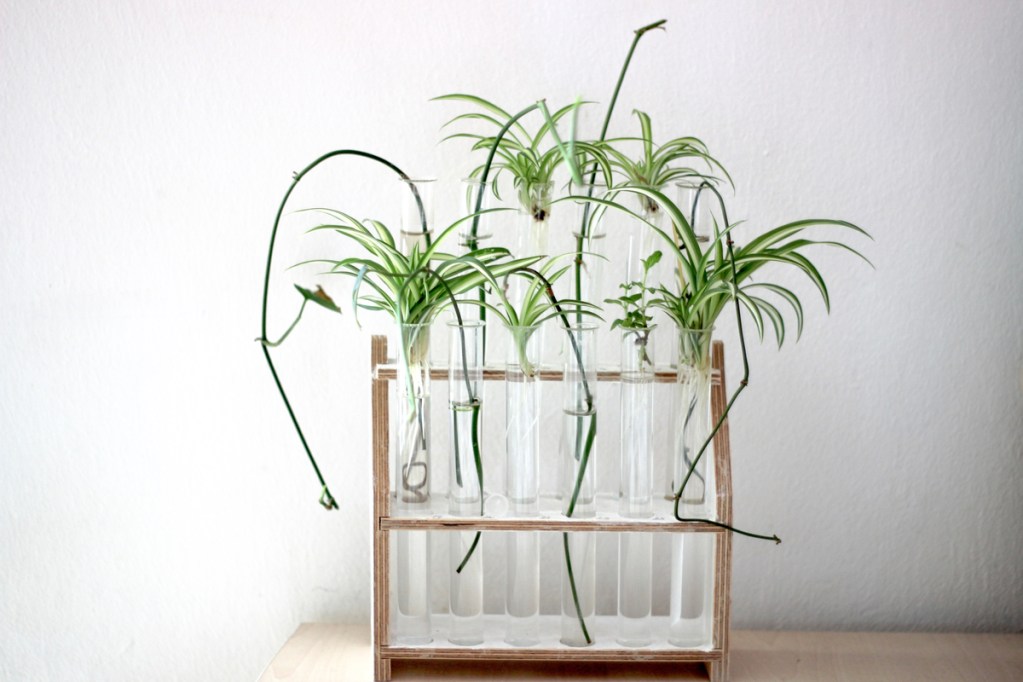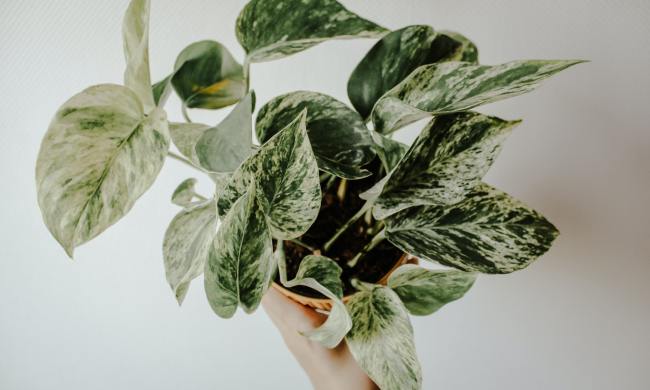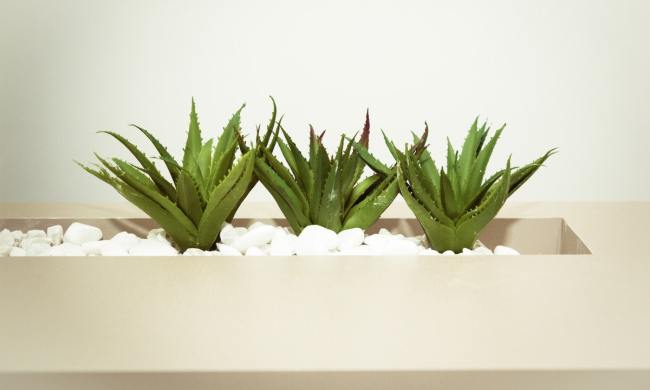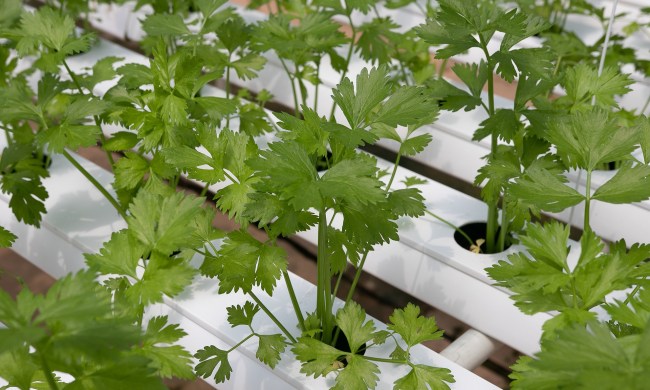Spider plants are wonderful plants. They’re often touted as great plants for beginners, forgetful plant parents, and college students. As they’re easy to care for and hard to kill, there’s a lot to love about spider plants. They’re also very easy to propagate, making them great gifts.
If you’ve just received a spider plant as a gift, or are thinking of getting one for yourself, then this article is for you. Read on to learn everything you need to know about growing spider plants and keeping your spider plant in water.
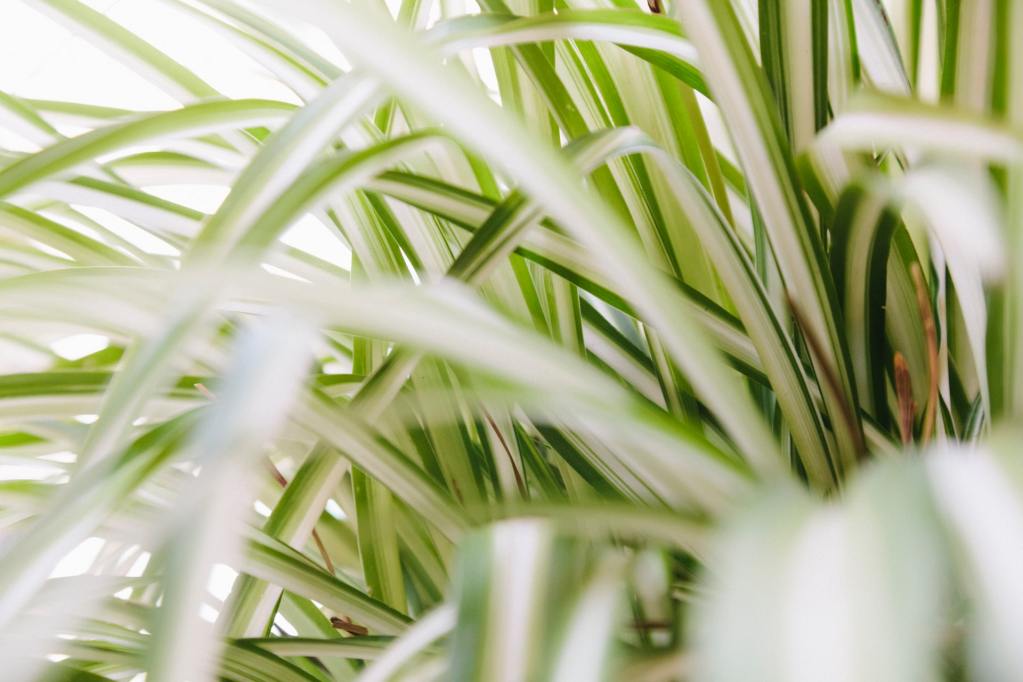
Basic spider plant care
Spider plants are remarkably easy to care for. All they really need is a decent amount of light and some water before they’re good to go. They aren’t too picky about temperature, preferring a moderate temperature but tolerating some amount of heat and cold. They will also tolerate some time in between waterings. In fact, when grown in soil, spider plants are more tolerant of underwatering than overwatering.

Growing spider plants in water
Transitioning an adult, soil-grown spider plant to being fully aquatic can be difficult, but starting your hydroponic spider plant from a cutting or plantlet is fairly quick. The overall process is the same as rooting any other cutting, but there is one major difference.
Plants get most of the nutrients they need through the soil, and hydroponic indoor plants need to get theirs through the water instead. Regular tap water doesn’t contain the necessary nutrients to keep a spider plant alive long term, and depending on your municipal water treatment plant, may have too much chlorine.
Once the cutting or plantlet has a few inches of roots, it needs to be fed. Luckily, there are plenty of liquid fertilizers available for hydroponic gardens! Spider plants don’t need anything special, but what they do need is regular water changes. This is to prevent a buildup of minerals or salts that the plant doesn’t absorb.
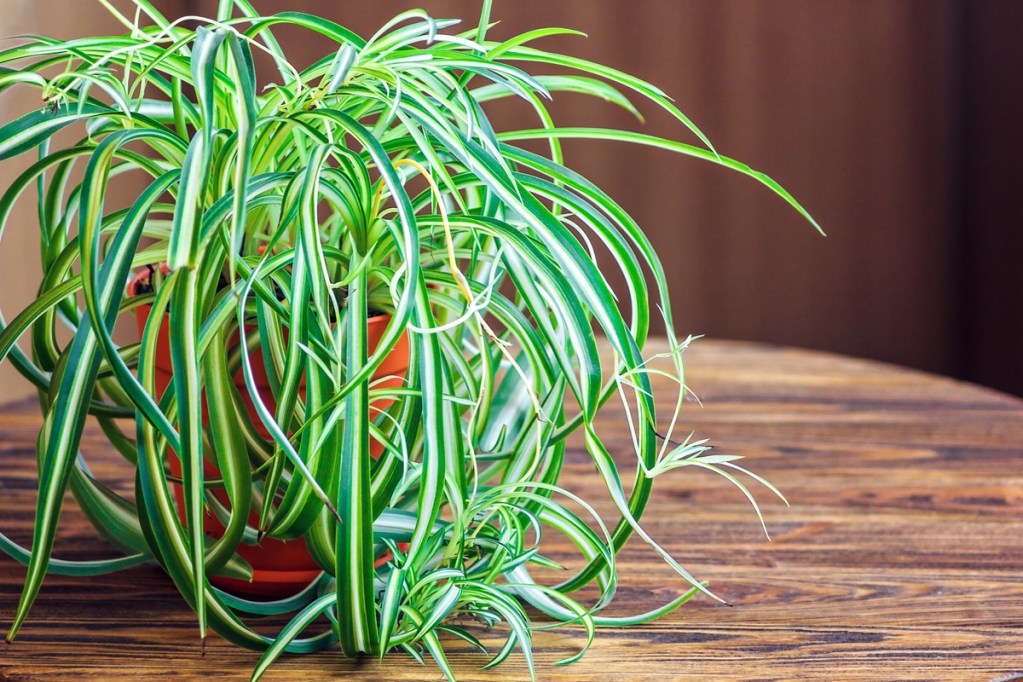
Propagating spider plants
Spider plants are in a category of plants that are perhaps the easiest to propagate: plants that produce plantlets. The plantlets are little plants that form as offshoots from the parent plant. They can look different, depending on the plant. For spider plants, they resemble smaller versions of the parent plant.
To propagate spider plants in soil, gently remove the plantlet from the parent plant and place it in the soil where you want it to grow. The plantlet will start putting out roots fairly quickly, and you’ll have another spider plant!
To propagate your spider plant in water, take the plantlet just as you normally would and place it in some water. Be careful not to let the leaves stay submerged! That leads to leaf rot. You shouldn’t have any issues keeping your plantlet afloat, but you can always start with a smaller, shallower container and rehome it in larger glasses or vases as it grows.
How long does it take a spider plant to form roots in water?
Spider plants form roots fairly quickly. In fact, you may start to notice roots in just two days, though the average time for rooting is about one to two weeks. If you have any plans to transplant your plantlet into soil, we recommend waiting a few weeks, potentially up to a month, before you move it into a more solid growing medium. A longer wait means stronger roots. And ultimately, stronger roots mean stronger chances of survival, so the wait will be worthwhile if you’d like a healthy spider plant offspring.
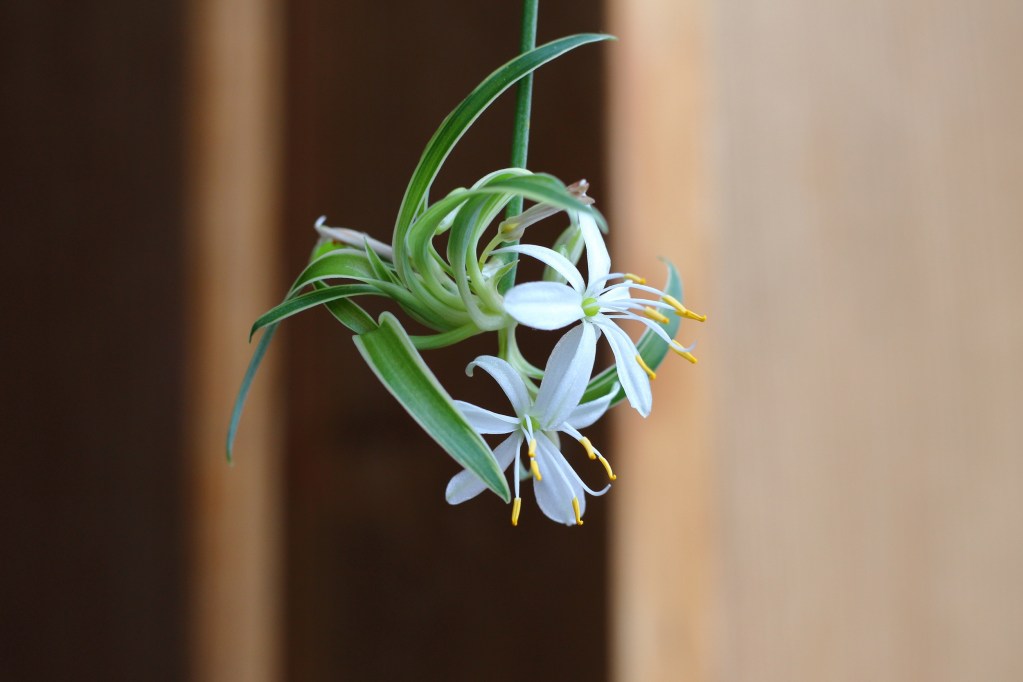
Common problems with spider plants
Spider plants can survive a lot of conditions, but that doesn’t mean they thrive in them. Here are some of the most common problems spider plants have and what you can do to make sure your plant is happy and healthy.
If the leaves of your spider plant are becoming discolored, there are a few potential problems. It could be an issue with the amount of sunlight it’s getting. Too much can burn leaves, but not enough leads to dormancy and death. The tips of the leaves turning yellow and brown can also mean that there is too much chlorine in the water they’re getting. Pay extra close attention to this when growing spider plants hydroponically!
Now you’re fully prepared to start your hydroponic spider plant garden! You know how to grow spider plants in water and how to propagate your spider plant. Just remember to keep the leaves above water, feed your plant regularly, change the water often, and watch the chlorine levels of the water you’re using — you can use rainwater or well water if it’s available. With lots of sun and love, you’ll be seeing those beautiful, tiny flowers and spidery plantlets!
